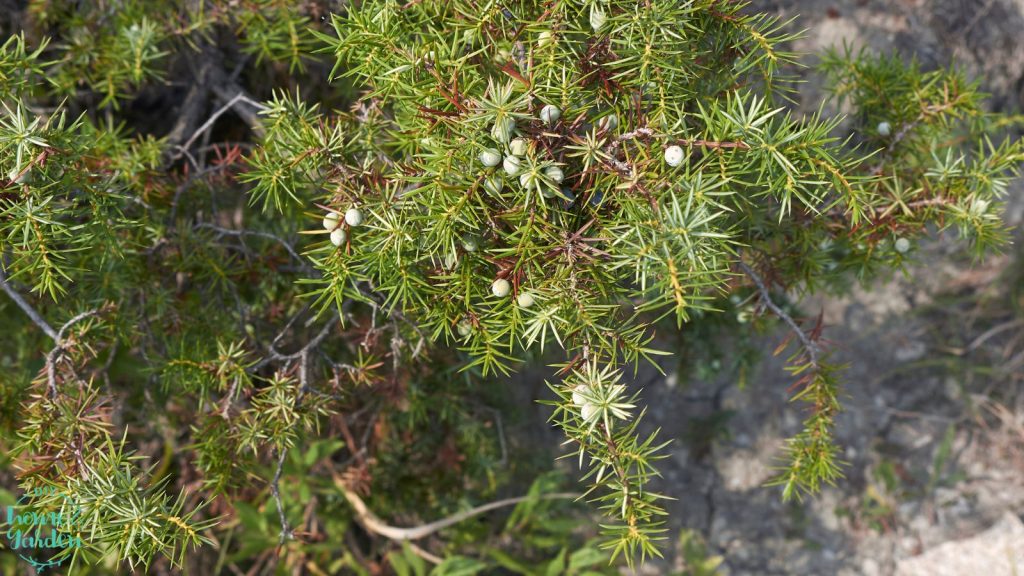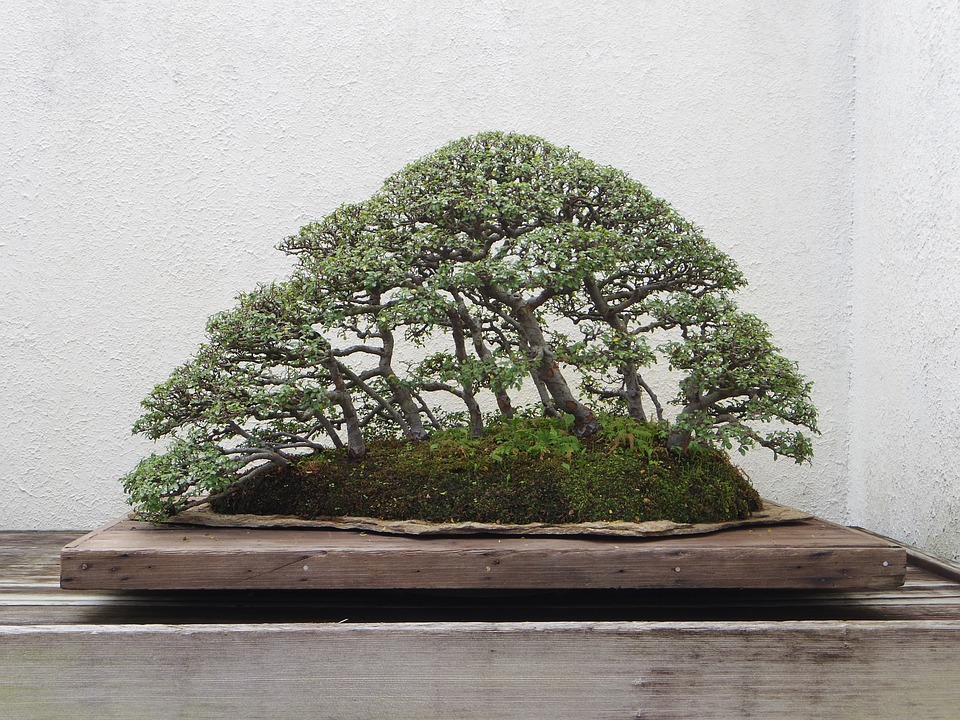
Here’s what you need to know for beautiful, healthy junipers.
With their diverse forms and resilient nature, the lovely Juniper is a cornerstone in gardening. The Juniper, the genus Juniperus, displays a remarkable variety, ranging from towering trees to ground-hugging shrubs. Appreciated for their hardy characteristics and aesthetic appeal, junipers play a pivotal role in landscapes across various climates and settings.
This article explores various juniper species’ intricacies, unique features, botanical aspects, and the nuances of their planting and care.
Our focus will extend from the well-known Common Juniper (Juniperus communis) to the expansive Chinese Juniper (Juniperus chinensis), providing a comprehensive understanding suitable for the informed gardener. Whether you’re a seasoned horticulturist or an enthusiastic amateur with a penchant for these evergreen beauties, this exploration will enhance your knowledge and appreciation of junipers.
Growing Juniper Varieties in Your Landscape
Having a more in-depth knowledge of these evergreen bushes will help maintain the health and beauty of your lawn and garden. Why is it so important to understand your junipers? They are incredibly common in gardens in North America – and if you have found this post, you probably have one to take care of or are considering planting one yourself.
Junipers are not just a single entity but a genus rich in variety. Each species has distinct characteristics that set it apart, making them a versatile choice for gardeners. Here, we explore some of the most prominent juniper types.
Common Juniper (Juniperus communis)
The Common Juniper is widespread and beloved for its adaptability. This species can grow as a low shrub or a small tree, reaching up to 30 feet (10 meters for our Canadian friends!) in height. Its needles are needle-like, sharp, and arranged in whorls of three. The blue-black berries, actually modified cones, are known for their use in flavoring gin. This species thrives in various environments, from moorlands to mountainous regions.

Chinese Juniper (Juniperus chinensis)
A native to Northeast Asia, the Chinese Juniper is a versatile species, varying greatly in size and form. It can be a small shrub or a large tree, reaching up to 65 feet (20 meters). Depending on the cultivar, the foliage may be scale-like or needle-like, and the cones are berry-like, with a bluish tinge. This species is particularly popular in bonsai culture due to its adaptability to pruning and shaping.
Creeping Juniper (Juniperus horizontalis)
As the name suggests, the Creeping Juniper is known for its low-growing, ground-covering habit. It rarely exceeds 3 feet (1 meter) in height. However, it can spread several feet/meters wide. The foliage is typically bright green. It turns to a purplish in winter, with small, fleshy cones. This variety is particularly valued for stabilizing slopes and covering large, barren garden areas.

Other Notable Varieties
- Rocky Mountain Juniper (Juniperus scopulorum): Known for its columnar growth habit, this species is often used for privacy screens and windbreaks.
- Eastern Red Cedar (Juniperus virginiana): Not a true cedar, this Juniper is valued for its aromatic wood and is often used in landscaping for its dense, pyramidal shape.
Each of these junipers brings unique qualities to a garden setting, offering a range of options for gardeners to choose from based on their specific needs and aesthetic preferences.
Botanical Aspects of Junipers
Understanding the botanical aspects of junipers is crucial for gardeners who seek to appreciate and cultivate these conifers effectively. This section delves into the Latin names, taxonomy, and physical characteristics of junipers.
Latin Names and Taxonomy
Junipers belong to the Cupressaceae family, with the genus name Juniperus. This genus includes about 50 to 70 species. The taxonomy is complex due to the wide range of species and their hybrid forms. For instance, the Common Juniper is scientifically known as Juniperus communis, while the Chinese Juniper is termed Juniperus chinensis. Each species’ name reflects its botanical identity and often hints at its geographical origin or a distinctive characteristic.
Physical Description of the Juniper
Junipers are generally characterized by their needle-like or scale-like leaves, which vary across species. The leaves can be either soft or prickly to the touch, depending on the variety. Most junipers are dioecious, meaning individual plants are either male or female, although some species are monoecious (having both male and female reproductive structures on the same plant).
Most juniper species’ female plants produce seed cones resembling berries, known as “juniper berries.” These are usually blue or black, often with a waxy or shiny appearance, and take one to three years to mature. The male cones are typically smaller, yellow-brown, and release pollen in spring.
The growth habit of junipers varies widely; some grow as tall trees, while others form low shrubs or spreading ground covers. The bark can be fibrous or scaly, and the color ranges from gray to brown. This diverse range of physical attributes across the juniper genus allows for their extensive use in different landscaping and gardening contexts.
The genus presents a fascinating array of botanical features, from their taxonomic classification to physical traits. Understanding these aspects is key to recognizing, appreciating, and cultivating these versatile and resilient plants in a garden setting.
Planting the Juniper
Planting junipers correctly is vital for their growth and longevity. This section provides guidance on the ideal conditions for planting junipers and a step-by-step process to ensure their successful establishment in your garden.
Ideal Conditions
- Soil: Junipers are not particularly fussy about soil type but thrive best in well-drained soil. They can tolerate various soil pH levels, from slightly acidic to alkaline.
- Climate: Most juniper species are hardy and can tolerate a range of climates, including cold temperatures. However, specific varieties may have particular climate preferences.
- Sunlight: Junipers generally require full sun to flourish, although some varieties can tolerate partial shade. Adequate sunlight ensures healthy growth and foliage density.
- Spacing: Spacing can vary significantly Depending on the specific juniper variety’s growth habit. Ground cover types need more lateral space, while taller varieties may require more vertical space.
Planting Process
- Choosing the Right Time: The best time to plant junipers is early spring or fall, avoiding extreme weather conditions.
- Preparing the Site: Clear the planting area of weeds and debris. If necessary, amend the soil to improve drainage.
- Digging the Hole: The hole should be twice as wide as the root ball and just as deep. This sizing allows the roots to spread easily.
- Planting the Juniper: Remove it from its container and gently loosen the roots. Place it in the hole, ensuring it’s at the same depth it was in the pot. Backfill the hole with soil, tamping down as you go to remove air pockets.
- Watering: After planting, water the Juniper thoroughly. This hydration helps settle the soil around the roots.
- Mulching: Apply a layer of mulch around the base of the plant to help retain moisture and regulate soil temperature.
Following these guidelines will help your junipers establish and thrive, becoming a long-lasting part of your garden landscape. Remember, while junipers are generally low-maintenance, the initial planting process is crucial for their future growth and health.
Care and Maintenance of Junipers
Once established, junipers require relatively low maintenance, but proper care is essential to ensure their health and aesthetic appeal. This section outlines the key watering, pruning, and pest and disease management aspects.
Watering Requirements
- Initial Watering: Newly planted junipers need consistent watering to establish their root systems. Water them regularly, allowing the soil to dry slightly between watering.
- Mature Plants: Established junipers are drought-tolerant. However, they benefit from occasional deep watering during extended dry periods, especially in hotter climates.
- Over-Watering: Avoid over-watering, as junipers are prone to root rot in soggy soil.
Pruning and Trimming
- Timing: The best time for pruning is late winter or early spring before new growth starts.
- Technique: Prune sparingly, focusing on removing dead or diseased branches. Junipers do not respond well to severe cutting back, so it’s best to maintain their natural shape.
- Shaping: Regular trimming is necessary for junipers grown as hedges or topiaries to maintain the desired shape. Use sharp, clean tools to prevent damage to the plants.
Pest and Disease Management
- Common Pests: Junipers may be affected by spider mites, aphids, and scale insects. Regular inspection and prompt treatment with appropriate insecticides or natural remedies can control these pests.
- Diseases: They are susceptible to fungal diseases such as cedar-apple rust and root rot. Ensuring good air circulation and avoiding wet foliage can prevent many fungal issues.
- Preventative Measures: Proper spacing, adequate sunlight, and well-drained soil are crucial in preventing most pest and disease problems.
When you adhere to these care guidelines, your junipers can thrive for many years, enhancing your garden with their evergreen beauty and resilience. Regular monitoring and minimal intervention can keep these plants healthy and vigorous. That’s why they make such a reliable and attractive addition to any landscape.
Uses and Benefits of Junipers
Junipers are admired for their aesthetic appeal, practical uses, and ecological benefits. This section explores how junipers contribute to landscaping designs and their role in the ecosystem.
Landscaping with Juniper
- Versatility: Junipers can adapt to various landscape designs, from formal gardens to naturalistic settings. They can be used as specimen plants, ground covers, hedges, or rock gardens.
- Year-Round Interest: Their evergreen nature provides year-round color and texture in the garden. Some varieties also change color in colder months, adding seasonal interest.
- Wildlife Habitat: Junipers can offer shelter and nesting sites for birds. The berries provide a food source for wildlife during winter.
Ecological Benefits
- Soil Erosion Control: Ground-covering junipers are excellent for stabilizing slopes and preventing soil erosion, thanks to their extensive root systems.
- Air Purification: Like most plants, junipers play a role in air purification, absorbing pollutants and releasing oxygen.
- Biodiversity: By providing habitats and food sources, junipers contribute to their environment’s ecological balance and biodiversity.
Junipers are not just a gardener’s delight but also an ecological asset. Their versatility in landscape use and their environmental contributions make them an invaluable addition to private gardens and public spaces. Whether for their beauty or their benefits, junipers hold a significant place in the world of horticulture and ecology.

The Takeaway: The Juniper Is a Versatile Garden Essential
In conclusion, junipers are more than just a common feature in landscapes; they are a testament to the beauty and resilience of nature. By understanding and appreciating the diversity and versatility of junipers, gardeners can enhance not only the visual appeal of their gardens but also contribute positively to the environment. With their enduring charm and low maintenance, Junipers continue to be a wise and rewarding choice for gardeners worldwide.

